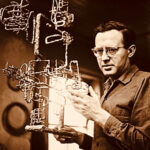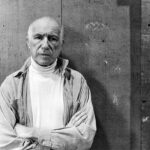Mark Rothko
Mark Rothko, a Latvian-American painter, is one of the most significant figures in the Abstract Expressionist movement. Known for his large-scale color field paintings, Rothko’s work is characterized by its emotional depth, simplicity, and luminous color. His contributions to modern art have left an indelible mark, influencing generations of artists and art lovers alike.
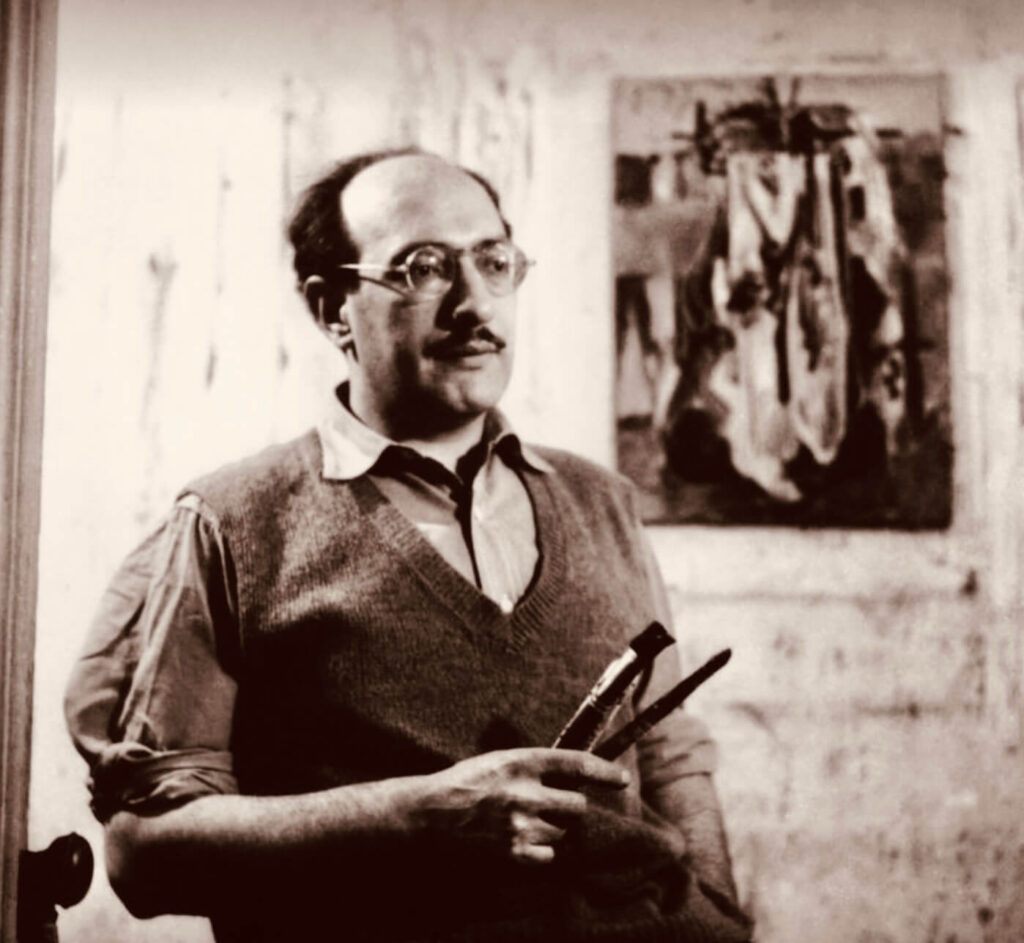
Early Life and Artistic Development
Markus Yakovlevich Rothkowitz was born on September 25, 1903, in Dvinsk, Russian Empire (now Daugavpils, Latvia). His family emigrated to the United States in 1913, settling in Portland, Oregon. Rothko excelled academically and received a scholarship to Yale University in 1921, but he left after two years, feeling disillusioned with the conservative atmosphere.
Rothko moved to New York City in 1923, where he enrolled at the Art Students League and studied under Max Weber, an influential American artist. During the 1930s, Rothko’s work was influenced by the social realist movement, and he painted scenes of urban life and the working class. However, by the late 1930s and early 1940s, he began to shift towards surrealism and mythological themes, inspired by the works of Paul Klee and the writings of Carl Jung.
Transition to Abstract Expressionism
The 1940s marked a crucial period in Rothko’s artistic development. Influenced by the burgeoning Abstract Expressionist movement and the works of artists like Jackson Pollock and Willem de Kooning, Rothko began to experiment with abstract forms and a more expressive use of color. He sought to convey universal human emotions and transcendental experiences through his art.
Rothko’s work from this period, such as “Slow Swirl at the Edge of the Sea” (1944), demonstrates his transition from figuration to abstraction. The painting features fluid, organic shapes and a dreamlike quality, reflecting his interest in the subconscious and the primordial.
The Development of Color Field Painting
By the late 1940s, Rothko had developed his signature style, characterized by large, rectangular fields of color arranged in horizontal bands. These color fields were meant to evoke a sense of the sublime and provide a meditative experience for the viewer. Rothko’s technique involved layering thin washes of paint to create luminous, glowing surfaces that seemed to emit light.
Rothko’s mature works are often large in scale, enveloping the viewer and creating an immersive experience. He believed that the scale of his paintings was essential to their emotional impact, as it allowed the viewer to be fully absorbed by the color and form.
Notable Works
1. “No. 61 (Rust and Blue)” (1953)
“No. 61 (Rust and Blue)” is a quintessential example of Rothko’s mature style. The painting features two large rectangular blocks of color—rust and blue—stacked vertically and set against a dark background. The edges of the color fields are soft and blurred, creating a sense of depth and atmosphere.
This work exemplifies Rothko’s ability to convey profound emotion through color and form. The juxtaposition of warm and cool tones creates a dynamic tension, evoking a range of emotions from tranquility to melancholy. “No. 61” invites viewers to immerse themselves in its rich, luminous surface and explore their own emotional responses.
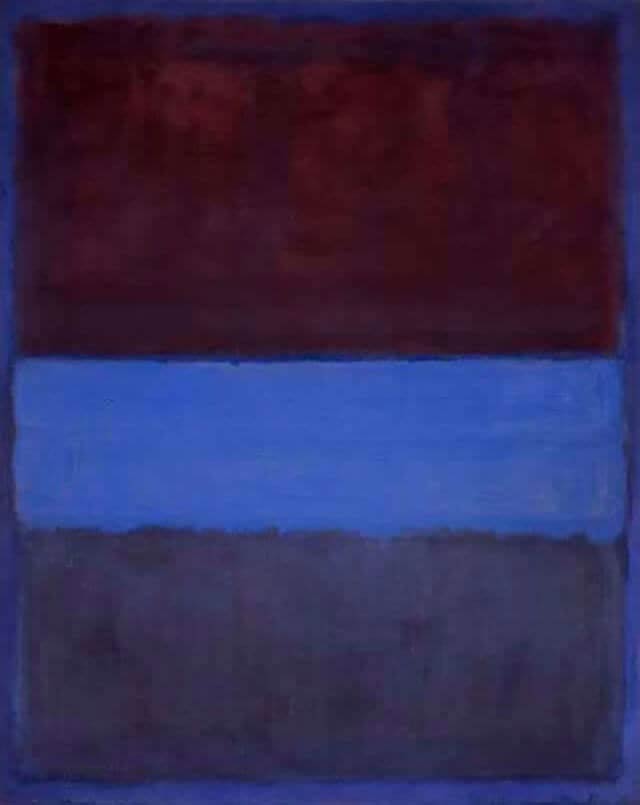
2. “No. 14” (1960)
“No. 14” is one of Rothko’s most celebrated works, featuring a bold composition of red and black rectangles. The painting’s intense color contrasts and large scale create a powerful visual impact. Rothko’s meticulous layering of paint gives the surface a radiant quality, with the colors appearing to vibrate and shift.
The emotional intensity of “No. 14” is heightened by its stark simplicity. The juxtaposition of red and black can evoke feelings of passion, violence, or despair, depending on the viewer’s interpretation. Rothko’s use of color as a primary means of expression is at its most potent in this work.
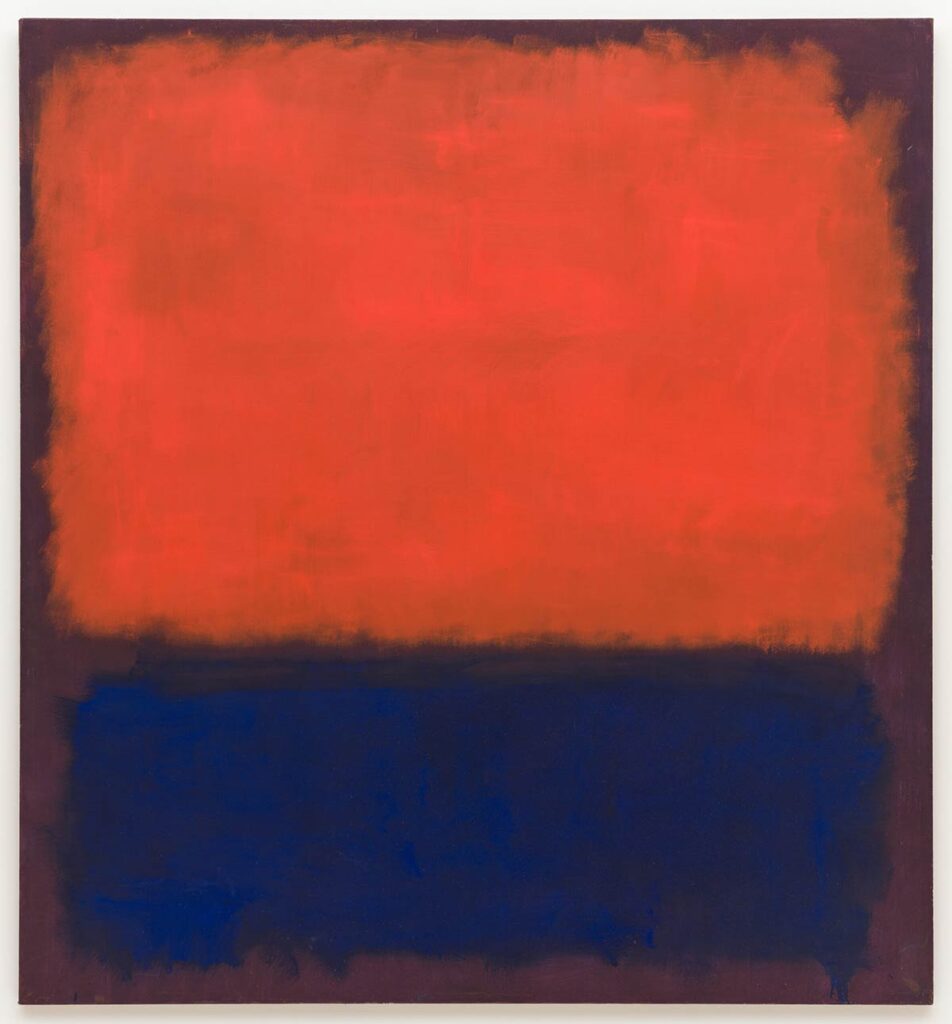
3. The Rothko Chapel Paintings (1964-1967)
The Rothko Chapel in Houston, Texas, is one of Rothko’s most ambitious and significant projects. Commissioned by the philanthropists John and Dominique de Menil, the chapel features fourteen large, monochromatic paintings in deep shades of black and purple. The works are installed in an octagonal, skylit room, creating a contemplative and spiritual environment.
The Rothko Chapel paintings represent the culmination of Rothko’s exploration of color and form. The dark, almost monochromatic canvases create a meditative space that encourages introspection and reflection. The chapel itself has become a symbol of peace and spiritual seeking, attracting visitors from around the world.
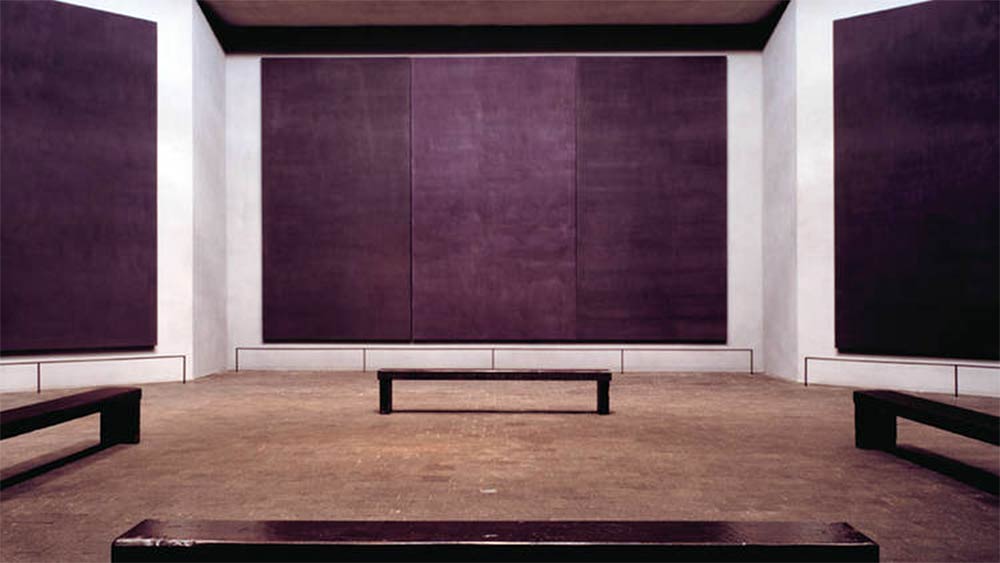
Techniques and Innovations
Rothko’s technique was integral to the emotional impact of his work. He often used thin washes of oil paint to build up layers of color, creating a sense of luminosity and depth. The soft, blurred edges of his color fields were achieved through meticulous brushwork and careful blending.
Rothko’s emphasis on the relationship between color and emotion was revolutionary. He believed that color had the power to convey profound, universal emotions, and he sought to create paintings that would resonate deeply with viewers. His works are not merely visual experiences but emotional and psychological ones as well.
Personal Life and Struggles
Despite his success, Rothko’s life was marked by personal struggles. He battled depression throughout his life and found it increasingly difficult to reconcile his artistic ambitions with the commercial demands of the art world. His commitment to his vision often led to conflicts with galleries and collectors who sought to profit from his work.
Rothko’s marriage to Edith Sachar in 1932 ended in divorce, and he later married Mary Alice Beistle in 1945, with whom he had two children. His family provided some stability, but his mental health continued to deteriorate.
In 1968, Rothko was diagnosed with a mild aortic aneurysm, which further limited his ability to work. He continued to paint, but his works from this period, often in dark and somber tones, reflect his deepening depression.
Death and Legacy
Tragically, Mark Rothko took his own life on February 25, 1970, in his New York studio. His death marked the end of a prolific and influential career, but his legacy continues to resonate in the art world.
Rothko’s contributions to Abstract Expressionism and modern art are immense. His innovative use of color and form has inspired countless artists and has had a lasting impact on contemporary art. His works are housed in major museums and collections around the world, and his influence can be seen in the work of artists such as Ellsworth Kelly, Agnes Martin, and Sean Scully.
The Rothko Legacy
In addition to his artistic achievements, Rothko’s commitment to the emotional and spiritual potential of art has left a profound legacy. The Rothko Chapel, in particular, stands as a testament to his belief in the transformative power of art. The chapel continues to serve as a space for meditation, contemplation, and dialogue, fulfilling Rothko’s vision of art as a means of connecting people to their innermost selves and to one another.
Conclusion
Mark Rothko’s work transcends the boundaries of abstraction, inviting viewers to engage with the emotional and spiritual dimensions of art. Through his most notable works, such as “No. 61 (Rust and Blue),” “No. 14,” and the Rothko Chapel paintings, Rothko explored the power of color to evoke profound, universal emotions. His legacy as a master of Abstract Expressionism and a pioneer of color field painting endures, continuing to inspire and challenge the way we experience and understand art.
